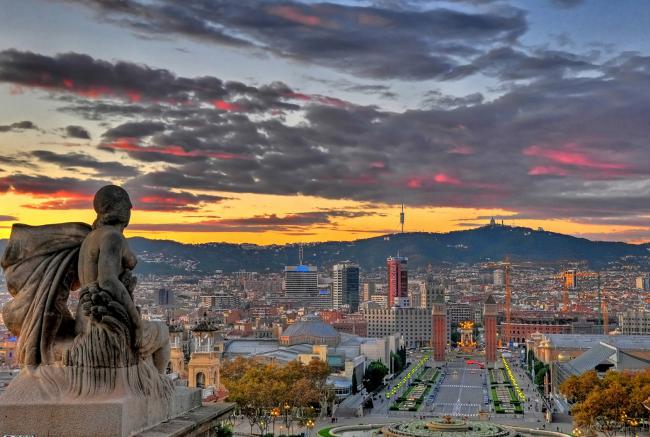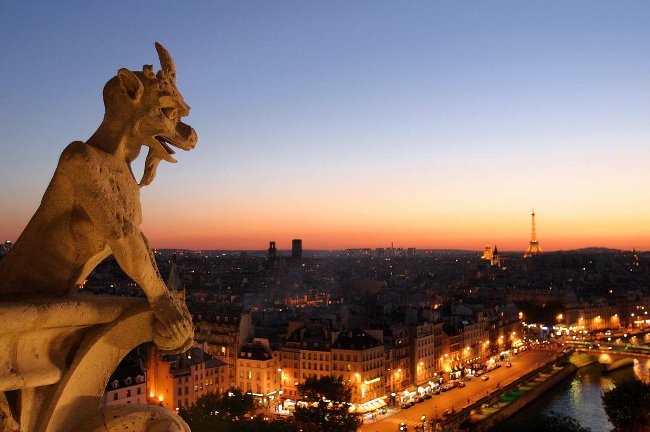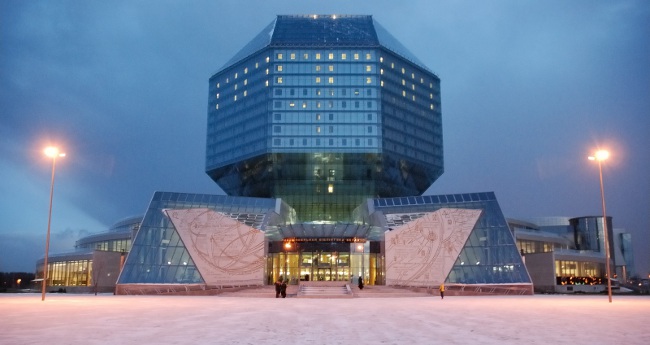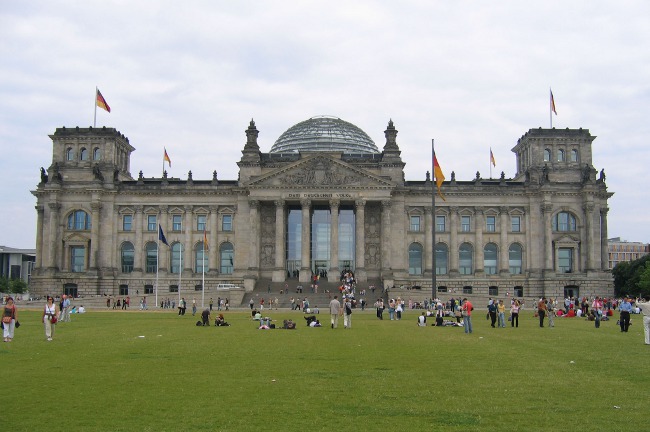What to see in Rome
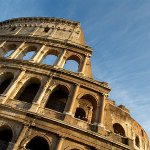
You can question the famous saying"All roads lead to Rome," but the fact that there are many tourist routes in the "eternal city" is undeniable. Crowds of tourists rush to Rome to get acquainted with its sights. But there are so many of these attractions that the question inevitably arises: what to see in Rome?
Start sightseeing in Rome best from the monuments of culture of the Roman Empire. What to see in Rome from the "ancient" monuments? You can start with The Roman Forum, which in ancient times was the centersocial life. Most of the buildings have been preserved to some extent (though not all). The buildings on the forum include the temples of Saturn, Dioscuri, Vesta, Venus and Roma, Antoninus and Faustina, Caesar, Vespasian, Concordia, and the Venus-Cloacina Sanctuary; the arches of Titus, Septimius Severus and Tiberius; the basilica of Maxentius and Constantine, Julia, Emilia; other constructions.
Do not confuse the Roman Forum with imperial forums - Caesar Forum, Augustus Forum, Temple of Peace and ForumVespasian, Nerva forum and Troyan forum are not part of the ensemble of the Roman Forum. However, this does not mean that you do not need to include them in your list of what to see in Rome.
We say "Rome" - we mean "Coliseum", because how can I go to Rome and not see the Colosseum? The Colosseum for Rome is the same as the Eiffel Tower for Paris or Big Ben for London. Flavian amphitheater (another name for the Colosseum) is one of the largest arenas, even its name derives from the word "colossal".
Another monument of architecture of Ancient Rome - The Pantheon ("the temple of all the gods"). It is best to visit at noon, becauseIn the dome of the building there is a hole through which the strongest pillar of light penetrates at noon. The light remains in the form of a light beam, not "spreading" around the room and becoming practically tangible.
Also worth a visit is such a landmark Rick as Castle of Saint Angela. Originally it was a mausoleum builtEmperor Hadrian for himself and his family. For almost two thousand years the building was rebuilt several times and served as a castle, a papal residence, a storehouse for the Pope's values and a prison (all at the same time). Now it is an architectural monument-museum.
To the castle leads Bridge of Saint Angela (pedestrian bridge across the Tiber, built by Adrian simultaneously with the mausoleum). The bridge is decorated with statues of the apostles Peter and Paul and ten sculptures of angels.
On the territory of Rome is the smallest state in the world - Vatican. The largest construction of the Vatican, which can not be ignored - Saint Paul's Cathedral, located on the same area. The cathedral looks magnificent from the outside, and inside it strikes a harmony of proportions and a wealth of decoration. Tourists are allowed into the cathedral, but we should not forget that first of all it is a Catholic church, and only then - a historical and architectural monument. Therefore, when you visit the cathedral, you must follow the dress code.
And Rome is a city of squares. One of the most famous squares in Rome - Piazza Navona. On the square are the most beautiful palaces (palaces), two churches (Santa Maria del Sacro Cuore and Sant'Agnese in Agone) and three fountains - the fountain of the Moor, the fountain of Neptune and Fountain of the Four Rivers. The last fountain is one of the most famous Roman fountains, it is an Egyptian obelisk surrounded by statues of the river gods of the four rivers (Nile, Ganges, Danube and La Plata).
Other famous squares of Rome - area of spain with the Spanish Steps, the Church of Trinita dei Monti, the fountain of Barcaccia in the form of a boat, the palace of Spain and the pillar of the Immaculate; Piazza del Popolo with the church of Santa Maria del Popolo and the Egyptian obelisk.
Let's return to the fountains. The Fountain of the Four Rivers is one of the most famous fountains in Rome, but not the most famous. The palm of the championship belongs to the Trevi Fountain, adjacent to the facade of Pali Pali. The height of the fountain is almost 26 m, width - about 20 m, but thanks to the majestic facade of the palace, with which it forms a single ensemble, the Trevi fountain seems even more magnificent. And the title of the most beautiful fountain (according to the writer Girolamo Ferrucci) belongs to a fountain of turtles on the Place Mattei.
Of course, this is not a complete list of what to see in Rome: in this city there are more than 900 churches alone, and still there are many museums (the Museum of Arts inthe landscape park Villa Borghese, the Pigorini Museum, etc.), monuments and historical buildings. But now you, at least, know how to begin your tour of Rome.



